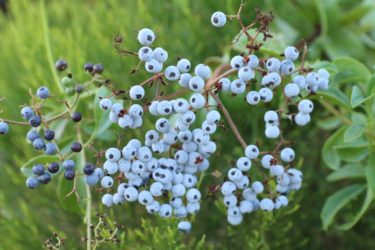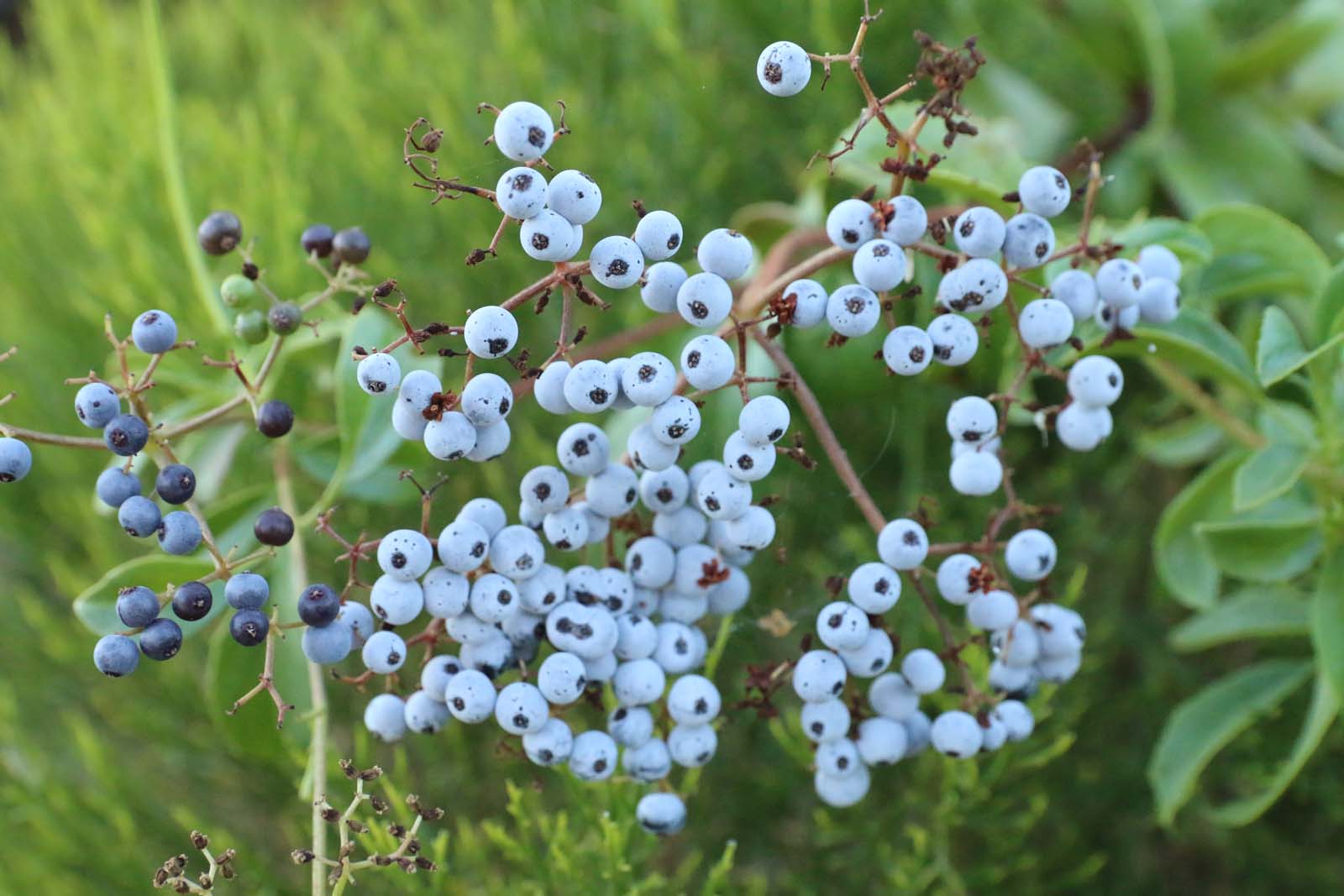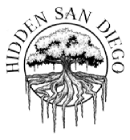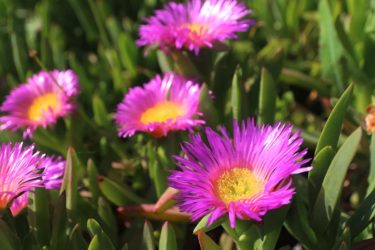
Elderberry
Harvesting Elderberry
**This post is part of our Wild & Edible series, where we showcase various wild and edible plants in San Diego and their uses.**
We feel it is important to have this knowledge in case you are ever stuck in a sticky situation, such as being lost on a hike and need to forage in order to survive. It also helps re-connect us to the land, which thanks to technology, most of us are being pulled further and further away.
Native plants may grow on your own property, or a friend’s property, in which case it is completely legal to harvest from. Plant nurseries often have a native plant section as well, in which case you can purchase your own plants! Otherwise, wild harvesting is considered illegal in most places in San Diego. Learn your plants and grow your wisdom! Wisdom is power, afterall.
Elderberry is one of our city’s healthiest wild fruits, growing in canyons all throughout San Diego. Related to the honeysuckle plant, the elderberry bush showcases edible white flowers in small clusters and light blue fruits which resemble blueberries. The berries are ready to harvest in July when they are no longer green. When they are green they are considered toxic. We harvested ours along a creek at our home in Poway.
The elderberry fruit are recommended to be consumed once cooked, which they then make great jams, wines and syrups. Once thoroughly cooked, they have a sweet and tart flavor. The edible flowers are utilized for infusing wine, cordials and the famous liqueur, St Germain. They grow best along creeks or other sources of water so look for them in such places.

1. Background
The elderberry has ties to ancient healing, and was once a holy symbol of health in the Middle Ages. The Cahuillas Indians used Elderberries and twigs for food, medicine and ceremony. The twigs are considered toxic, so I am assuming they were using them for ceremony. Please do not consume them. The plant is native to North America, and several varieties can be seen growing throughout the continent. We in San Diego have only one variety.

2. Nutritional Value
Elderberries are an excellent source of fiber, vitamins A, C, B6 and a good source of vitamin E, copper and iron. They have been proven effective in fighting the Avian flu as it is rich in antioxidants that support the body’s immune system and fight free radicals. Many holistic companies create cough syrups from the berry. It is recommended to take a teaspoon of the juice daily for an immune boost.

3. Culinary Preparation
The first step to consuming the elderberry is by removing all twigs from the berries. This is a time-consuming chore, but I did read if you put them in the freezer for a few hours the berries easily come off the twigs. 
Once all twigs are removed, make sure to give them a good rinse to remove all debris:
Next step is to bring a pot of filtered water to a boil. Once the water is boiling, reduce it to a simmer and cover the pot with the berries for a hour. You may choose to add some flavorings such as vanilla, cinnamon or cloves to the water. Once the berries have boiled for 45 minutes to an hour, strain the berries from the solution. Make sure to really press out all the juice from the berries while straining. Then, let the concoction cool. Once it has cooled, add some honey.
Please note that this is already a sweet drink and the honey will only make it sweeter! Raw honey does have great medicinal properties though.
4. Enjoy!
Then, you are ready to enjoy! Make sure to keep refrigerated and remember, you only need one teaspoon a day! Because this is so sweet and potent, any more and you may have an extremely unpleasant sugar rush. Here are some more lovely recipes I found online. 






Anonymous
Awesome info, definitely looking for this now – right on time in July! Keep up the great work!
Vy
Hi! I was searching for where to find elderflower in San Diego and randomly came across your post. I was hoping to find some for a cake and was wondering if you knew where I could find them growing in the wild. I would not want to trespass on someone’s property. Thank you so much!
John the Elder
My elder berries usually dry up and die before they can get large enough to be worth picking and eating